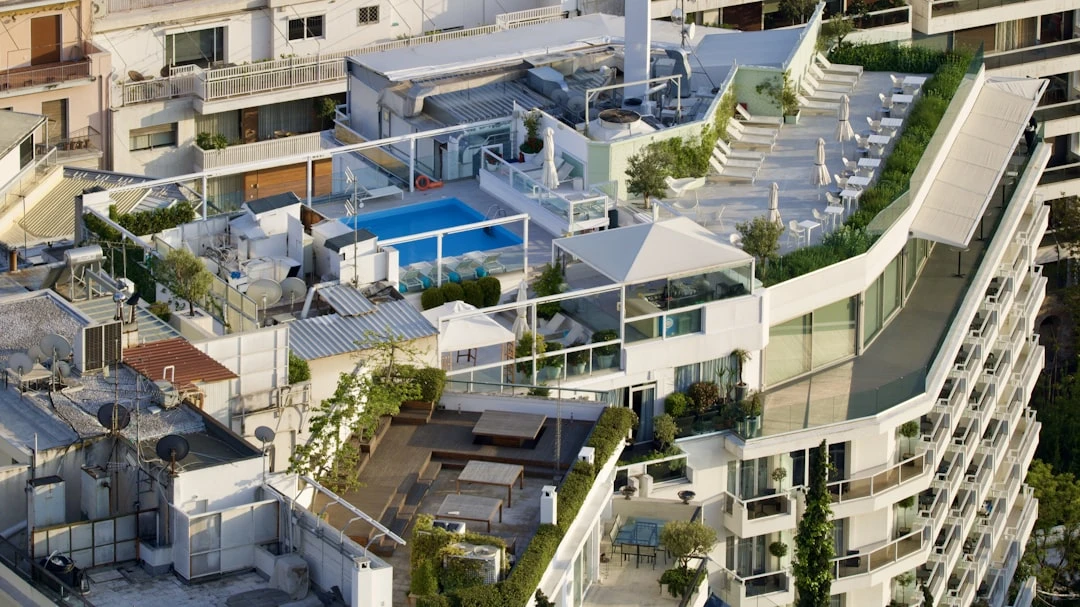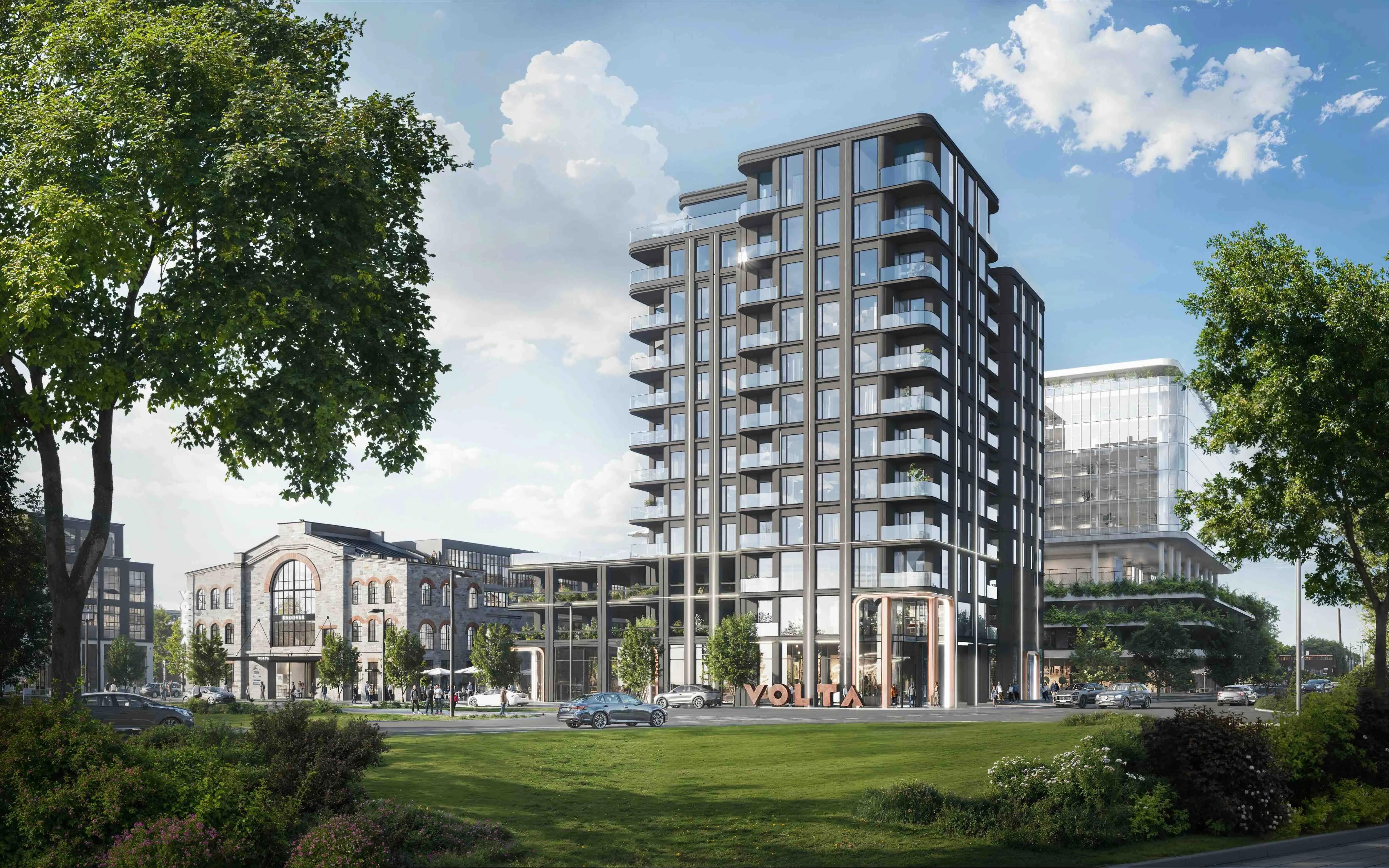How to Set the Right Selling Price for Your Apartment?

Are you worried that you're pricing your apartment too high and "burning out" potential buyers' interest, or too low and leaving money on the table? Correct pricing is a key factor in the sales process that brings interested buyers and accelerates the deal.
Why the selling price determines the outcome
Your apartment's price is the first filter of your listing. If it's off the market, the number of viewings decreases in the first few weeks, "why is this still for sale?" doubts arise, and your position in price comparison weakens. A fair price range, on the other hand, brings more inquiries, creates competition between buyers, and increases your negotiating power.
Real estate sales is a strategic process where price is not just a number, but a marketing tool that determines which buyers see your offer at all.
Market value ABC: what data to collect
Start with the big market picture and then move to micro-location and object details:

Analyze fresh price trends and transaction dynamics. A good starting point is our statistics center, where we bring market behavior patterns together in one place.
Compare offering prices with similar objects in your area. Filter the Kinnisvara24 portal in the apartment sales section and set criteria: district/village, size, number of rooms, floor, condition, energy rating, and extras (balcony, parking, storage room).
Check actual transaction prices. Estonian official transaction statistics are public and reliable – check the Land Board reviews to understand the level at which real deals are made, not just listing prices.
Remember that if your apartment is located, for example, in central Tallinn, you should compare prices specifically in the central district, not all of Tallinn. At the district level, location determines price most accurately.
What makes up the price range
Market value is a combination of location, quality, and buyers' willingness to pay. The strongest factors influencing price are:
Location and surroundings: schools, transport connections, greenery, noise levels. For example, apartments in Tallinn in context create price differences precisely through different areas and districts.
Building type and condition: panel vs. stone building, facade and roof renovation, stairwell condition, elevator presence. Active or passive condominium association.
Apartment layout and condition: through-apartment layout, separate kitchen, efficient use of square meters, need for major renovation or freshly renovated condition.
Floor and views: in buildings without elevators, floors 2-4 are preferred; higher floors with good views are worth a premium in buyers' eyes.
Energy efficiency and running costs: energy rating, window condition, heating solution. Lower utility costs allow you to ask a higher selling price.
Added values: balcony/terrace, parking space, storage room, smart home solutions.
Condominium planned work and loans: if the association is considering taking out a loan or major repair work, buyers ask for detailed information. Learn how condominium renovation loan works and include this information transparently in your listing.
Rental-related nuances: if the apartment is rented, be able to explain cost allocation (e.g., how the repair fund is paid)
How to make correct comparable offers
When collecting comparison data, follow these steps:
Narrow your filter: same district, same square meter range, same floor type (with/without elevator), similar condition.
Look at new offers from the last 30-60 days and those marked as "Reserved" or "Sold".
Pay attention to the price per square meter level and psychological price limits (e.g., 149,000 vs 150,900 euros).
Create an initial price range: for example, 145,000–155,000 euros.
Do a "correction analysis": if your apartment has a renovated bathroom and balcony, but comparable properties don't, you can raise the upper end of the range; if you're on the 5th floor without an elevator, adjust the price downward.
A small example with numbers
Suppose you're selling a 52 m² 2-room renovated stone building apartment on the 3rd floor with a balcony and parking rights, with an energy rating of C. Recent similar sales in the same district have taken place at a price range of 2,800–3,000 €/m², but with elevator buildings. Your building has no elevator.
Base range: 52 m² × 2,800–3,000 = 145,600–156,000 €
Correction for no elevator: −2–4% → 140,700–152,600 €
Balcony and nice views premium: +1–2% → 142,100–155,600 €
Psychological pricing: open the offer at 149,900 €, leave room for negotiation down to ~147,000 €
This is an illustrative methodology, not a market forecast. The actual price range depends on your object's location, competition among sellers, and buyer activity.
When to consider new development impact
New buildings typically have higher prices, but they also set a certain "ceiling and floor" for secondary market apartments. If several new development projects are underway in your area, ask yourself: can a buyer get a smaller area in new development for the same money or a larger area on the secondary market? This affects your pricing strategy. To get a sense of new projects, browse our new developments section and watch how buyers make their choices.
Inflation and lending environment
Interest rates and inflation significantly affect buyers' purchasing power. You can track the general price level context from Statistics Estonia data. If loan payments become more favorable compared to wage growth, more actively renovated and energy-efficient apartments may become more popular, which are preferred in the context of rising cost of living.
Pricing strategy: what works in practice
Start with a price that falls within the market range, not above it. The initial 2-3 week "honeymoon period" is golden – search algorithms and potential buyers prefer fresh and realistically priced listings. If views and inquiries are below expectations:
Adjust the price in stages (e.g., 2-3% at a time)
Update photos and your listing's opening paragraph (highlight values that competitors don't have)
Monitor daily views and contact requests from Kinnisvara24 analytics
Test psychological price limits (149,000 vs 151,000 €)
If you get several interested parties early on, leave minimal room for price movement and direct competition between buyers, not against your price.
When to involve an agent and expert appraisal
If there are few comparable properties in the area, the building has special features (e.g., non-standard layout), or the transaction must take place by a certain deadline, consider professional help. Our agent search helps you find a specialist in your area who knows the latest month's actual negotiation ranges and can "fine-tune" your price and sales plans.
Transparent information builds trust
Buyers appreciate clear data: utility bill history, association meeting minutes, planned work and their budgets. If the association plans a major investment soon, honestly explain the loan scheme and its impact on your monthly costs – this prevents uncertainty in price negotiations. This is also helped by our explanation of condominium association taking out a loan.
How Kinnisvara24 helps you set your price
A wide selection of unique listings you won't see elsewhere – get a more accurate picture of competition
Detailed search and filters to find the most similar comparable properties
Market statistics and blog articles that bring the latest trend picture to one place, including real estate sales and rental market statistics in Estonia
Ready to bring your pricing decision to market? Add your listing now and position it strategically on Kinnisvara24 to reach the right buyers from day one: start your apartment sales here.




